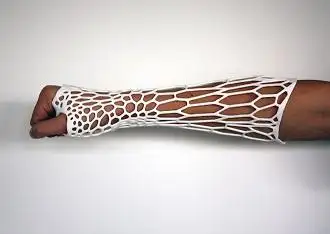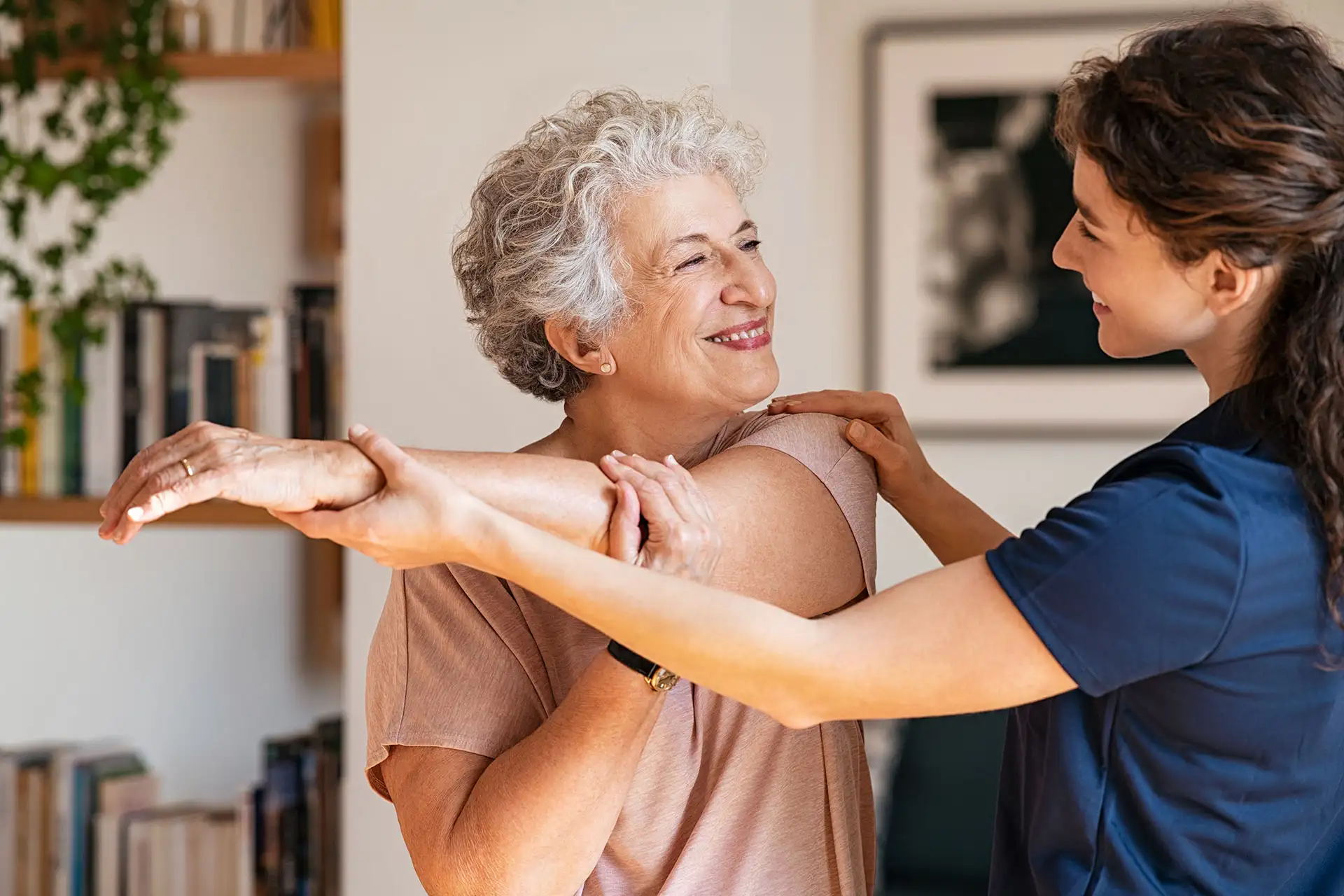A cast on an arm usually requires that smelly, itchy sensation and the scary vibrating saw to remove it. The casts are pretty heavy themselves and the skin beneath gets minimal ventilation, increasing the chances of allergic reactions to the cast and delay in the healing process.

A big thanks to Jack Evill who came up with an idea of a cortex cast. His 3D printed exoskeleton cast provides support, allowing your arm to breathe and also get wet. Later an industrial designer named Deniz Karasahin heard about a system called Exogen, which is a Low Intensity Pulsed Ultrasound (LIPUS) devise designed to hasten the healing process of fractured bones. The problem was the transducer needed to touch the skin (something not possible with a regular cast) and thus, the device could not be used. Karasahin combined the 3D printed cast with Exogen. When used for 20 minutes a day, the system promises to reduce the duration of healing by 38% and increase the rate of healing by 80% in non-union fractures. It has completely revolutionized the field of orthopedics.
The new cast design (called Osteoid) uses data from detailed scans of broken limbs to create a 3D printed two piece cast. The cast’s lattice-like design is lighter and more breathable then traditional casts. The open holes throughout the cast allow the transducer of the Exogen to be attached to the underlying skin. Ultrasonic waves are then delivered through the cast to the injured site, helping speed up body’s natural healing process. Karasahin’s design helped in exploring the complete potential of LIPUS, also called Exogen. The new design is of course pricier than the old cast.
With this new research in the field of orthopedics, the traditional POP cast will soon become a thing of past. Welcome super-cool looking, non-smelly, spiderman cast! Kids and adults alike will happily have this one on for 3 months! One will definitely miss the loving scribbles of friends and family on the white cast, but if the inventors take note, they might come up with a way for you to mark on them as well!
References:
- www.medgadget.com
- www.meddeviceonline.com
- www.hpectectrends.wordpresscom
- Schofer MD, Block JE, Aigner J, Schmelz A. Improved healing response in delayed unions of the tibia with low-intensity pulsed ultrasound: results of a randomized sham-controlled trial. BMC Musculoskelet Disord. 2010;11(1):229.
- Heckman JD, Ryaby JP, McCabe J, Frey JJ, Kilcoyne RF. Acceleration of tibial fracture-healing by non-invasive, low-intensity pulsed ultrasound. J Bone Joint Surg. 1994;76-A(1):26−34.
- Kristiansen TK, Ryaby JP, McCabe J, Frey JJ, Roe LR. Accelerated healing of distal radial fractures with the use of specific, low-intensity ultrasound. A multicenter, prospective, randomized, double-blind, placebo-controlled study. J Bone Joint Surg. 1997;79-A(7):961−973.
Related Posts
Cigarettes May Inhibit Inflammation Treatments
Axial spondyloarthritis, also known as AxSpa, is a chronic…






